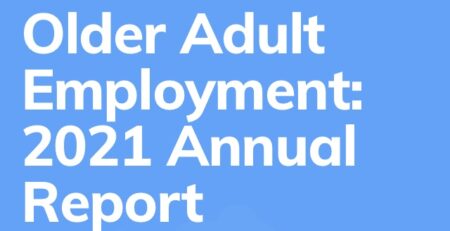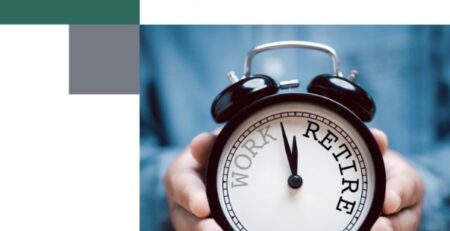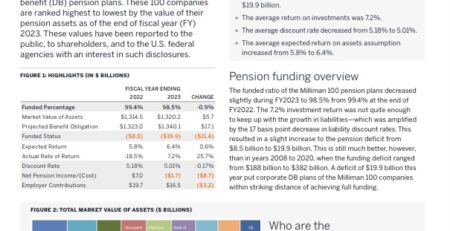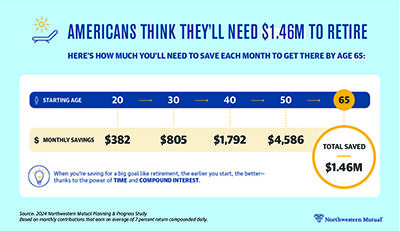Financial Resilience in America August 2021
By Martha Deevy, Jialu Liu Streetern, Andrea Hasler & Annamaria Lusardi
Data collected right before COVID-19 hit the United States in 2020 indicated deeply rooted financial insecurity: one in three American families wasn’t ready to cope with a mid-sized financial shock; about 27% couldn’t come up with $2,000 within a month if an unexpected need were to arise; and 33% found it difficult to make ends meet in a typical month (2020 TIAA Institute-GFLEC Personal Finance Index [P-Fin Index], Yakoboski et al., 2021). The economic impact of the current crisis has exacerbated this financial insecurity of many Americans, especially the most economically vulnerable subpopulations.
Financial resilience is the ability to withstand a shock, perhaps resulting from a health event, job loss, or an economic downturn, that impacts one’s income or wealth. It reflects the capacity to adapt financially to stressful life events and function well in challenging or threatening circumstances (O’Neill & Xiao, 2011). Although financial resilience is highly correlated with financial resources such as income and wealth, the two terms are not identical. Financial resilience depends not only on a household’s financial resources but also on its debt obligations and money management practices.
For example, a family with a modest income may be able to save a good-sized cushion because of low financial obligations, while a family with high income may have difficulty saving due to high expenses or substantial financial obligations.
Unexpected events are often disruptive to our life, and they can carry both short- and long-term implications for family finances. For example, underprepared families may cut down consumption and change spending allocation (Baker & Yannelis, 2017) in the wake of an unexpected event. They may fall behind on debt payments, use high-cost borrowing methods such as payday loans and pawnshops (Agarwal et al., 2016), and find it difficult to make ends meet in a typical month (Pew, 2015). Moreover, they may prioritize meeting short-term financial needs, such as paying for food and utilities, to the detriment of longer-term goals, such as saving for retirement (Hasler et al., 2018).
Some studies have focused on understanding the concept and characteristics of financial resilience. O’Neill & Xiao (2006) attribute financial resilience to three categories of factors: financial resources, social and community resources (e.g., friends, social support), and personal resources (e.g., skills to search for information). Valdes, Mottola, and Armeli (2021) show how resilience segments, from living on the edge to standing strong, are correlated with various economic indicators.
Get the book here
339 views










